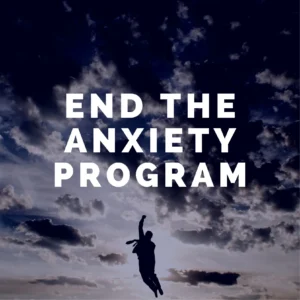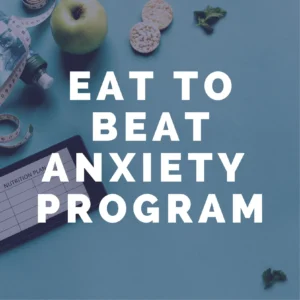When it comes to healing from health anxiety, it’s essential to balance active techniques and inactive practices. These approaches work together to retrain your mind and body to respond to fear and worry in healthier ways. Each has a unique purpose in your recovery journey. Let’s explore how to incorporate both into your routine for lasting change.1
Table of Contents
The Role of Active Techniques in Healing
What Are Active Practices?
Consciousness, or active practices, are a conscious redirecting of your focus, energy and imagination to shift your mental and emotional state. They give you power over the process in which and how you heal. Visualization is a strong example of one technique that engages your subconscious mind.
How Visualization Helps with Health Anxiety
Visualization uses your brain’s tendency to reshuffle how it views your body and the sensations associated with it. Here’s how it works:
- Close your eyes and imagine yourself free from health anxiety.
- Picture a version of yourself feeling calm, safe, and healthy.
- Engage your senses: What do you see, hear, and feel in this state?2
This isn’t just wishful thinking—it’s backed by neuroscience. By repeatedly visualizing this positive state, your brain creates new neural pathways, making calmness and confidence your default responses.

Practical Tips for Getting Started
Start small:
- Dedicate 5 minutes daily to visualizing yourself healed.
- Choose a quiet place, such as right after waking up.
- Focus deeply on your imagined state of calm and health.
This practice is an anchored time in your being with your true, natural self. Guided visualization exercises, such as in the Health Anxiety Recovery Program, can provide a great deal of reinforcement for this active practice.
Understanding Inactive Practices: Surrender Sessions
What Are Inactive Practices?
Surrender sessions are essentially inactive practices, which are all about doing less. Observing and accepting thoughts, feelings, and physiological sensations are the ways of these methods and you need not try to alter or control them.
The Power of Letting Go
Compounding things, when you try to resist your health anxiety instead of listening to your body, your symptoms will typically grow. Surrender sessions on the other end, teach you to take a step back in the presence of anxiety, that it simply passes through and you learn not to hitch a judgment or meaning to it.
How to Incorporate Surrender Practices
Inactive techniques are simple yet transformative. To start:
- Find a quiet space and sit in silence.
- Focus on your breath and observe your sensations without reacting.
- Try guided surrender sessions, such as those available on The Anxiety Guy YouTube channel.
These are practices that allow for healing our nervous system without external forces too hard at work.
Active vs. Inactive: Finding the Right Balance
You might wonder: is it time to increase my use of which technique? Balance is the answer and it will lie in finding what works best for you.
How They Complement Each Other
- Active practices are like planting seeds of hope and health in your mind.
- Inactive practices are like watering those seeds, trusting they’ll grow even if you can’t see immediate results.
They both provide a tool and open space to heal at your own pace.3
A Comprehensive Approach to Health Anxiety Healing
The act of visualization as well as the surrender session are active techniques that are combined with the inactive, the surrender sessions, which brings you a powerful synergy in your healing process. To structure your approach:
- Incorporate visualization daily to build confidence and control.
- Use surrender sessions to let go and embrace the present moment.
For step-by-step guidance, consider joining the 12-week Health Anxiety Recovery Program HERE. This program gives you the tools and strategies that will help get you out of fear and rebuilding trust with your body.
Final Thoughts: Progress, Not Perfection
Health anxiety doesn’t mean healing is about perfection, it’s about progress, compassion and balance. By blending active and inactive techniques, you can turn fear into strength, and pick up control over your health and life.
Remember, you are more than anxiety. With the right tools, healing is not just possible—it’s inevitable.
Citations
- Keng, S.-L., Smoski, M.J. and Robins, C.J. (2011) ‘Effects of mindfulness on psychological health: A review of empirical studies,’ Clinical Psychology Review, 31(6), pp. 1041–1056. https://doi.org/ ↩︎
- Pearson, J. (2019) ‘The human imagination: the cognitive neuroscience of visual mental imagery,’ Nature Reviews. Neuroscience, 20(10), pp. 624–634. https://doi.org/. ↩︎
- Center, U.R. (2024) ‘3 examples each of active and passive recovery techniques,’ Uplift Recovery Center, 22 February. https://upliftrecovery.com. ↩︎




